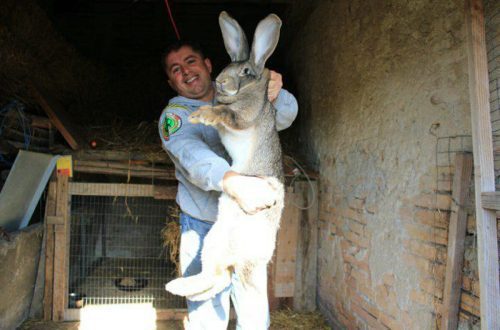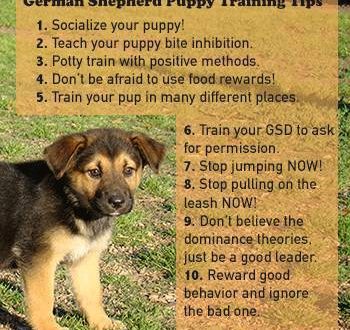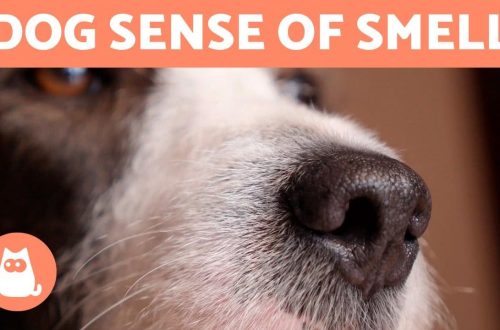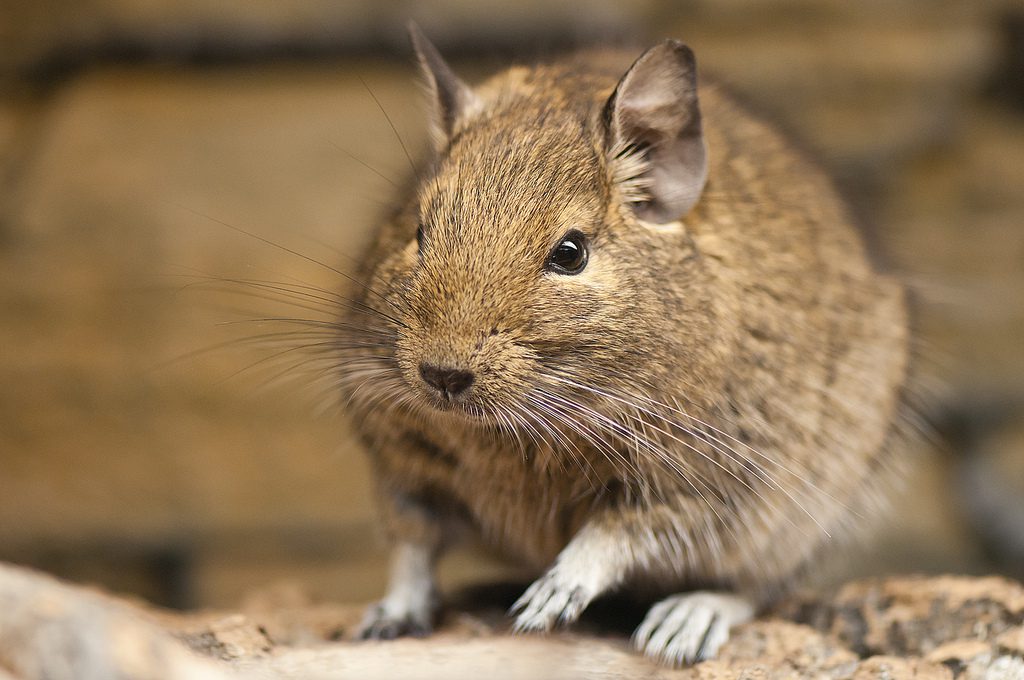
Who are degus?
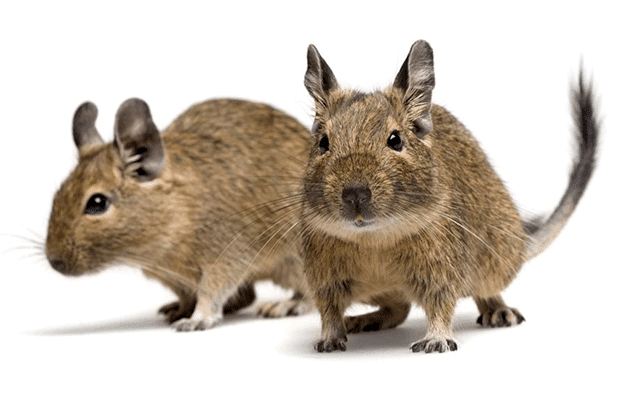
Degus are cute little animals often kept at home. How to choose everything for a comfortable life for degus – we’ll talk in this article.
Degu – (Octodon degus, degus, Chilean squirrel, bush squirrel, bush rat) is a small rodent of the eight-tooth order (Octodontidae). In nature, degus inhabit the territory of South America (Peru, Bolivia, Chile, Brazil), preferring desert, rocky places, less often they can settle in floodplains and swampy, wooded areas. Most of these animals are burrowers. Degu is a medium-sized rodent, body length 10-15 cm, tail from 7-12 cm. The coat is short, smooth and dense, the tail is covered with short hard hair and ends with a tassel. Vibrissae are quite long and mobile. The eyes of degus are round and dark, but their eyesight is poor, but their hearing is very thin. In the oral cavity there are 20 bright orange teeth in adults, baby degus are born with white teeth. Degus live an average of 6-8 years, are easily tamed and quite smart. Degu colors: agouti, champagne agouti, white, sand, blue, black, as well as agouti/white, sand/white, blue/white.
Contents
Degu content
Cell
To keep degus at home, you need a large cage or a rack, multi-tiered, with a large number of shelves, houses, stairs, steps and ramps, pipes and toys, you can hang a natural rope and a hammock, install branches of fruit trees, a wheel, a drinker and feeder, mineral stone. The shelving should also be resistant to chewing, with glass or mesh, with a metal tray, to prevent the escape of the rodent.
- the minimum cell size is 80x50x40, larger is better.
- the distance between the bars should be very small, 0,5 – 1 cm, it is good when there is an additional external mesh.
- the distance between tiers or shelves is not more than 35, maximum 50 cm.
- the wheel must be solid, in order to avoid injury to the limbs, and with a diameter of at least 28-30 cm.
- the filler in the cage can be corn or cellulose filler. Sawdust, wood pellets are extremely undesirable, especially small and coniferous ones, they are fraught with the development of allergies and respiratory infections.
- there should be hay in the cage, it can be put in a metal manger.
- the feeder should be ceramic or metal to prevent chewing, stable, with mounts or hanging.
- drinker drip ball or nipple. All plastic parts of the drinker should be on the outside of the cage.
- houses and other attributes are preferably wooden or ceramic, with non-sharp edges processed and firmly fixed on the shelves.
From time to time, you need to provide degus with a bathing suit with volcanic sand for bathing – animals do not need to be wetted with water. The cage is cleaned as it gets dirty, avoiding too much, despite the fact that degus and their secretions practically do not smell.
Degu food
A feature of degu nutrition is their predisposition to diabetes mellitus and cataracts, and the diet is selected taking into account the glycemic index of products.
- Hay is the basis of the diet, it must be in the cage all the time. Hay must be of good quality, clean, not dusty, in any case not dirty and not moldy or rotten.
- Granular or mixed food for degus. The feed contains both grass and grain – wheat, oats, rye, barley, buckwheat, corn, millet. It is possible, if necessary, to give food for chinchillas, but pay attention to the absence of sugar and sweet components in the composition.
- Dried and withered grass. (moist (washed, in dew) grass can lead to excessive fermentation in the intestines and timpania) Degu herbs can be dandelion, calendula, clover, alfalfa, Ivan tea, sweet clover, shepherd’s purse, plantain, scalded nettle, spinach, lettuce, timothy , bluegrass, vetch, fescue, couch grass, knotweed, cornflower, lingonberry, blueberry, chicory, strawberry and wild strawberry leaves, Jerusalem artichoke, grapes, sunflower petals and wild rose. In limited quantities, you can parsley, burdock, oregano, lemon balm. Herbs should be collected away from the city and roads, if the herb seems unfamiliar, then you don’t need to take it.
- Vegetables, fruits, root crops. You can zucchini, patisson, cauliflower, tomato, cucumber, sweet pepper. It is limited to give pumpkin, apples, beets, carrots, Jerusalem artichoke, dandelion roots, pears.
- Berries. You can in small quantities of rose hips, hawthorn, mountain ash, shadberry, raspberries, blackberries, strawberries, mulberries, goji, cranberries, blueberries, blueberries. All berries are given in limited quantities.
- Nuts, seeds contain a lot of fat, so they should be given infrequently and limitedly. You can hazelnuts (hazel), pine nuts (make sure there is no resin), peanuts, sunflower seeds, watermelon, pumpkin, melon, zucchini.
- Branches are useful for grinding teeth and as entertainment. You can use branches of apple, pear, currant, raspberry, birch, hazel, alder, mountain ash, sea buckthorn, linden, and, to a limited extent, oak.
- Occasionally, as a treat, you can give small amounts of dry cereal bread (without sugar, spices), pressed herb sticks (but not those that have sweet ingredients or grains held together with honey or molasses!) And carob, which, although sweet, has low glycemic index.
Almost everything that degu is allowed can be harvested in the summer: berries, herbs, sliced vegetables, fruits and root crops, dried in hot weather in the shade, or in a dryer or oven.
You can not:
Sweets (sweets, chocolate, cookies, marshmallows, ice cream, etc.), bread, dairy products, meat, fish, poultry, salted, smoked, fried, fatty, spicy foods, canned food, coffee. Plants: Datura, Henbane, Potato, Hemlock, Colchicum, Ivy, Lupine, Narcissus, Hyacinth, Tulip, Buttercup, Delphinium, Mariannik (Ivan da Marya), Hogweed, Euphorbia, Sumac, Hoof, Poppy, Marigold, Swimsuit, Peonies , asters, feverfew, lily of the valley, raven eye, ferns, most indoor plants, especially amaryllis (read the article about indoor plants that are dangerous for pets), etc., as well as plants affected by diseases, pests, treated with chemicals and growing along roads and in city. Vegetables, fruits, root vegetables: white cabbage, red cabbage, Beijing, Brussels sprouts, radishes, radishes, horseradish, bananas, melons, citrus fruits, beans, beans, avocados, onions, garlic, hot peppers, and mushrooms. Branches of coniferous, citrus and stone fruit, lilac, buckthorn, bird cherry, chestnut, acacia, laurel, wolf’s bast, euonymus, hydrangea, yew, oleander.
Features of degu behavior
Group Behavior and Hierarchy
Degus are kept in pairs or groups, can be same-sex. A hierarchy reigns in the group, most often the largest and strongest degu becomes the dominant individual, which proves its dominance through fights, after which fights come to naught or become rare and symbolic. Degus living in a group do not need much contact with the owner. It is not worth breaking up degu fights and seating them in different cages if there is no direct threat to severe physical damage, but if you still need to break up a fight, do it in strong thick gloves, in a fight, inflamed degus will not look who grabbed them and will bite . Nevertheless, they all sleep together, clean each other, bathe together in a sand bath. A degu living alone can exhibit two opposite types of behavior:
- be either too affectionate to the owner, seek physical contact, make a lot of sounds in an attempt to attract attention, with a lack of communication, obsessive-compulsive disorders develop: a degu can constantly gnaw rods, dig, run in a wheel, make long arena movements, lose appetite and thirst for life .
- move away, not be given into hands, even bite when trying to touch, sleep a lot and eat little, have a depressed mood, quietly wither away.
Tags
Degus mark an aviary, a place for walking, and even an owner with drops of urine – these are marks to indicate their territory. In addition, females are also more likely to tag when ready to mate.
coprophagia
Degus, like guinea pigs, rabbits and chinchillas, periodically eat droppings. They need it to get nutrients and amino acids. Therefore, do not be afraid if you notice this, and even more so try to stop this behavior – this is normal.
Degu sounds
Degus can be quite noisy, and the range of sounds they make is quite wide, from soft chirping and chirping to harsh and loud whistling and screeching. Sounds can be either long or short, for example, a short, low-pitched squeak made during courtship or grooming will correspond to the interjection “ay!” – when someone overdid it with courtship and caused pain or discomfort. Of the other sounds that are not reproduced by voice, one can note the fraction of the hind paw on the floor, as an alarm signal and the presence of a possible danger; gnashing of teeth – aggressive, sharp and loud, is emitted by an excited and ready to fight animal, and passive gnashing – with a lazy, relaxed state of the rodent.
Degu breeding
Degus can breed from 8 months. Pregnancy lasts 3 months, in a litter up to 10 cubs, on average 4-8. Degus are born fully developed, with short fur and open eyes. At first they feed on mother’s milk, later, at the age of about 2 weeks, they begin to try food. Breeding degus just because you want to look at the kids is not worth it. Breeding requires a certain amount of knowledge, money and space, a second cage. A female not younger than 8 months is allowed for breeding. and not older than 5 years, weighing at least 220 gr. Animals must be healthy, not have hereditary diseases, not be related, with a small degu gene pool, finding such can be problematic. You will need a separate cage for the male, at the time of childbirth and rearing the offspring. After the end of feeding, the male can be returned to the cage, he will help the female, warm and care for the babies. The consequences of inbreeding are hereditary diseases of the eyes, teeth, congenital anomalies and infant mortality. Pregnancy and childbirth for a female degu is a strong stressful and physically exhausting factor, in addition, cases of female death during childbirth are quite frequent. Cubs left without a mother require careful care. Ideally, you can urgently find a lactating female degu who will accept the babies. If this is not possible, you will have to feed the degu yourself – with cat or bitch milk replacers, from a pipette or syringe, every 2 hours, with the addition of espumizan to the mixture. It is required to stimulate defecation by massaging the tummy, and warm them. Newborn degus can live with their father, then he will massage the tummy and heat. After 2 weeks, the little degus will begin to feed on their own.
Domestication and communication with degu
Degus are intelligent and intelligent animals. They are tamed well, although there are also individuals who do not want to communicate with a person and refuse to be tamed. Adult degus that used to live alone can be untamed. For taming, it is best to use treats, food, twigs served from the hand. It is worth talking to them more often in a low, calm voice so that the animals get used to the voice. You need to stroke, scratch and pick up the degu carefully, making sure that the rodent has definitely woken up and knows that you are here, and is not afraid of being touched. Take in hands gently, picking up from the side and holding from below. In no case should you grab and lift a degu by the tail, being frightened, the degu will leave the skin from the tail in your fingers, and later bite off the bare area or it will dry out and fall off by itself. The degu’s tail does not regenerate. You also need to scratch carefully, degus love when they scratch their cheeks, neck, chest, and they themselves substitute places for scratching.
Walking
Degu can be let out for a walk around the room, under supervision. Before releasing, make sure that the animal will be safe and will not get access to narrow gaps, wires and dangerous treats, household chemicals, and medicines. During the walk, there should be no other freely moving animals in the room: cats, dogs, birds, etc. The walk can be organized on the sofa, on the floor, in the arena, providing the degu with toys made of wood and cardboard, tunnels made of plastic pipes, crumpled napkins, boxes. Tame animals can go for a walk, untamed ones can run away and hide somewhere, pulling them out of hiding, catching and returning them to their place can be a problematic task.
Degu games, training
Degus are quite playful and intelligent, by rodent standards. With them, you can play napkin constrictions, search games, where degu is looking for goodies in a container with hay, wood chips, crumpled and torn into pieces napkins. By making some kind of sound – clattering the tongue, tapping with a finger, one can associate with it any action of the animal – returning to the cage or approaching the owner. Degus are trained well for treats, they are taught to bring a ball or a crumpled saflet, give a paw and jump on the palm, jump up, spin around its axis, including on its hind legs, jump from object to object, bypass objects, climb ropes, pass the obstacle course and labyrinths.



